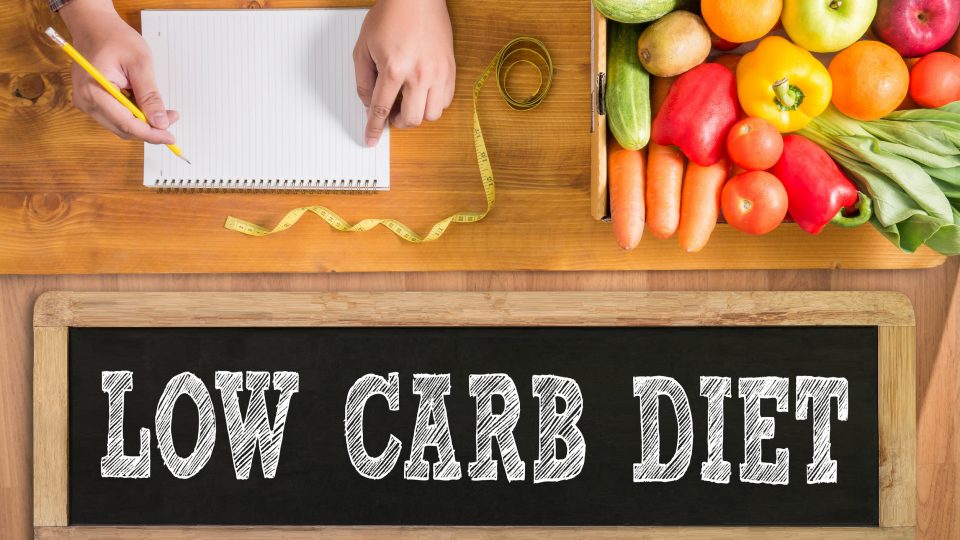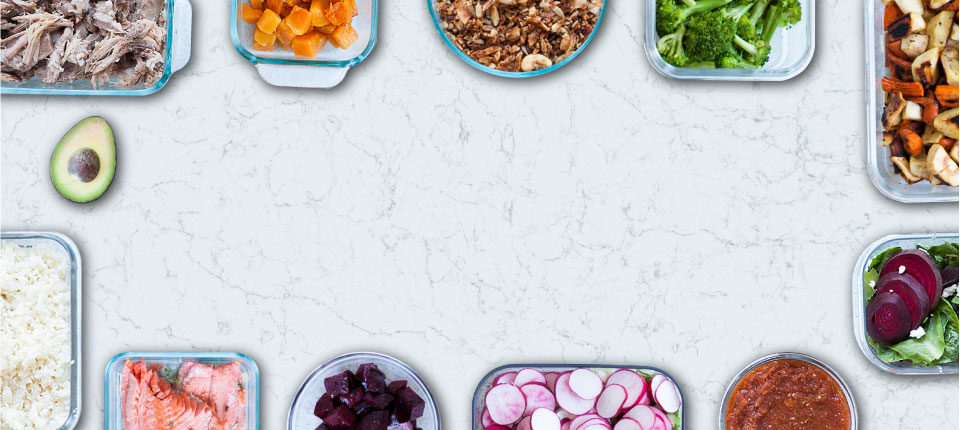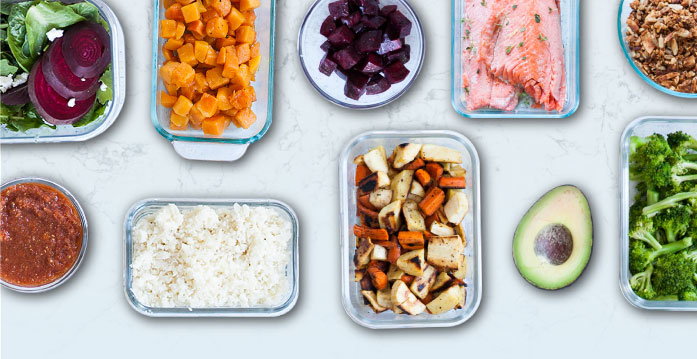If you’ve dabbled with pursuing a diet plan, chances are you’ve heard of the low-carb diet. With the many diets surfacing these days, it can be hard to decide which one is best for you. In this post, we’ll look at what this diet is, who it’s for, what to eat (and avoid), and more!
What is a low-carb diet?
In its extended form, the term “low-carb” stands for low carbohydrates. This means your diet will consist of eating fewer carbohydrates and an increased amount of fat and protein. These same characteristics can be found in other popular diets such as LCHF (low-carb, high-fat) and the keto diet. Keep in mind, though, that adopting a low-carb diet doesn’t always result in ketosis.
What has surfaced to be harmful are artificially sugar-packed and starch-filled foods that have started flooding the grocery store shelves. This has caused the once pushed idea of fats being bad for you to now be under the microscope. Avoiding these ingredients – often found in store-bought bread, pasta, and sugary foods – can help your blood sugar stabilize the levels of the fat-storing hormones. This is just one of the perks!
Who is the low-carb diet for?
First, let’s talk about who this diet is not for. Although this diet is considered one of the safest options, there are three instances where more preparation and adaptation is needed:
- If you’re taking medication for diabetes or a related issue.
- If you’re taking high blood pressure medication.
- If you’re currently breastfeeding.
If you don’t have any chronic medical conditions and are clear of the groups mentioned above, then the low-carb diet is one you can try.
What to Eat on a Low-Carb Diet
When it comes to figuring out what to eat for this diet, the calm is in knowing what food groups are best to eat from. From least to most, these groups are the best ones to eat foods from:
- Natural fats (oil, butter, etc.)
- Fish and Seafood
- Meat
- Eggs
- Cheese
- Vegetables that grow above ground
Because these foods are below the 5% carb mark, you can enjoy as much of these until you’re full. Also, you don’t have to worry about counting fiber, so enjoy all you want!
Foods to Avoid
Based on the conclusion that foods high in starch and sugar are not so good for you, there are a handful of foods and beverages to avoid for this diet. Sodas, juice packed with artificial flavoring and sugars, as well as beer are no-no drinks. Pasta, (cooked) rice, potatoes, and bread should be avoided as well since they are packed with so much starch. Keep your diet clear of chocolate bars and candy as well.
What to Drink
Fluid intake should always be considered with any diet and there are a few key beverages to add to your daily health regimen. From least carbs to the most, there are suitable for a low-carb diet: water, coffee, tea, and red wine. When it comes to alcohol, it’s best to drink it sparingly so it doesn’t hinder your health goals.
How to Start Eating a Low-Carb Diet
As with anything new, there is always a learning curve. The key goal is to not get so overwhelmed or stressed out that you give up before truly getting started. Below are some quick tips for starting your low-carb diet journey:
- Know which foods have carbs and begin to build a list of preferred go-to foods.
- Begin building your plate (how much of which types of foods you’ll be eating).
- Meal plan to stay consistent.
Low-Carb Recipes to Try for Beginners
Once you’ve decided to adopt a low-carb diet lifestyle, it’s time to figure out what meals to cook that are most compatible. At Real Plans we have contributors who know low-carb inside and out. We also have over 500 delicious low-carb recipes built right in, so you’ll always have something new to keep your meals exciting. Here are a few to write on your next meal plan:
- Honey Dijon Pork Chops with Winter Veggies
- Chicken Parmesan Meatballs
- Super Easy Atlantic Cod with Garlic-Herb Butter
Final Thoughts
For whatever reason you’d like to start a low-carb diet, the tips and suggestions above will help you get started with ease. First, start with the decision to do it, then start with one food and/or meal at a time and gradually make the change. You don’t want to shock your body so be sure to listen to your body’s signs and cues.


